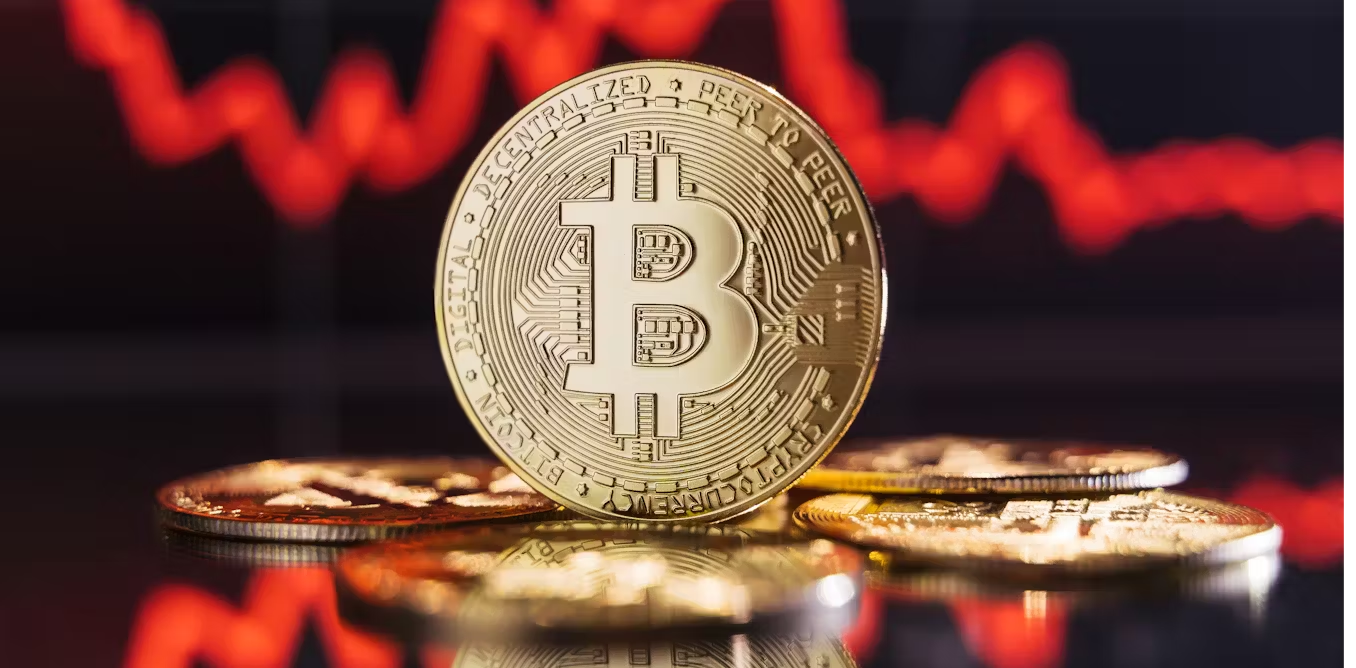In the digital age, a fast and reliable internet connection is more crucial than ever, whether it’s for seamless video calls, smooth gaming experiences, or efficient remote work. However, many users often find their internet speed lagging without a clear understanding of the cause. Here’s a comprehensive look into the common factors that might be slowing down your internet speed and practical steps to mitigate these issues.
Hidden Bandwidth Consumers: The Silent Speed Thieves
One significant factor that often goes unnoticed is the background processes running on your devices. Updates, continuous data syncing, and active apps can consume considerable bandwidth, inadvertently slowing down your connection. Ensuring that unnecessary applications are closed and setting updates to run during off-peak hours can help conserve bandwidth for more critical tasks.
The Physical Barriers to Smooth Connectivity
Physical obstacles like walls, distance from the router, and interference from other electronic devices can severely weaken Wi-Fi signals. This degradation not only affects the speed but also the stability of your connection. To combat this, position your router in a central, elevated location free from obstructions. In some cases, investing in a stronger router or adding a Wi-Fi extender might be necessary to achieve optimal coverage throughout your space.
Network Overload: The Peak Time Problem
Internet speed can also plummet during peak usage times when multiple users and devices are competing for bandwidth. This is akin to a traffic jam on a highway, where the speed decreases as the number of users increases. To alleviate this, try scheduling high-bandwidth activities like large downloads or backups for late night or early morning hours.
Outdated or Insufficient Equipment: A Technological Handicap
Older routers or devices that aren’t capable of supporting modern internet speeds can significantly bottleneck your connection. Regularly updating device firmware and replacing outdated hardware can lead to noticeable improvements in speed and reliability. Also, devices themselves can become a limiting factor if they require updates or if their processors are overloaded with tasks.
ISP Throttling and Congestion: The Invisible Speed Caps
Your Internet Service Provider (ISP) can also be a source of slowdowns. ISP throttling, often implemented during network congestion or as a result of surpassing data caps, can drastically reduce your internet speed. Monitoring your data usage and choosing an ISP with more transparent and user-friendly policies might help maintain consistent speeds. Additionally, consider running speed tests with and without a VPN to check if your speed is being throttled.
The Importance of DNS and Routing
The speed and efficiency of DNS servers (which translate website names into IP addresses) can also impact your internet performance. A slow DNS server can delay the loading of websites by taking longer to resolve the site’s address. Opting for a faster DNS provider might enhance your browsing experience. Moreover, issues with your ISP’s peering arrangements can lead to slow access to certain sites, a factor worth investigating if specific websites consistently load slowly.
Understanding these diverse factors that can impact internet speed is the first step towards optimizing your connection. By addressing these issues, from hardware upgrades to strategic scheduling of internet usage, you can significantly enhance your online experience, making it smoother and more efficient.









Add Comment